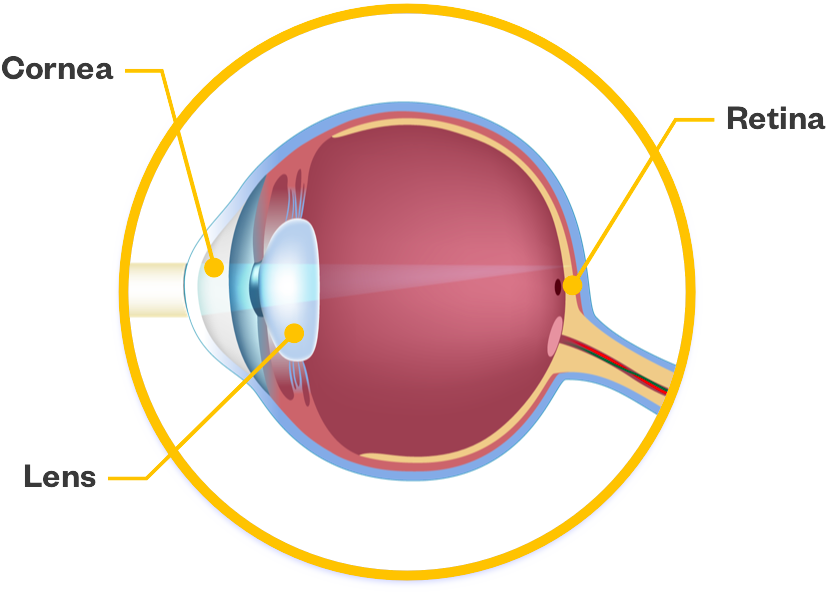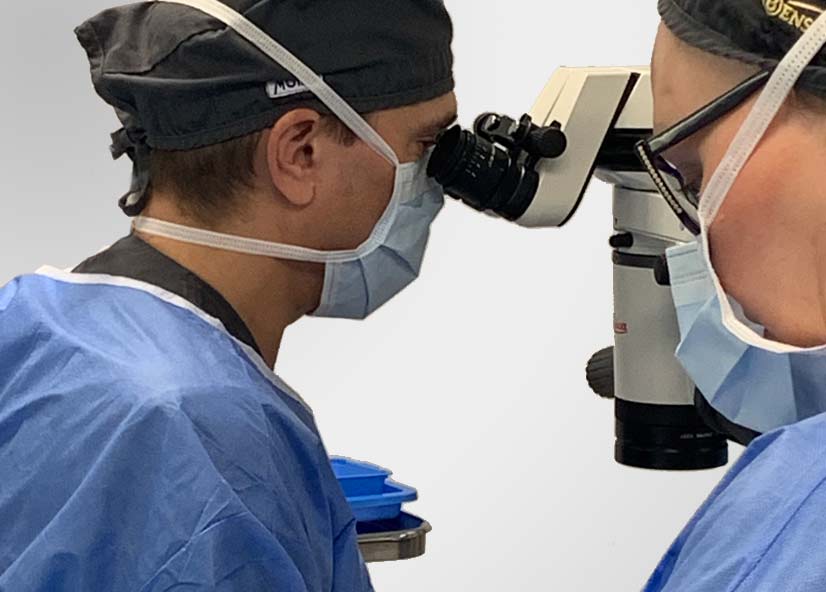

A cataract is a clouding of the natural lens of your eye that makes it difficult for light to enter the eye, causing your vision to appear blurry – almost like looking through a foggy window. Cataracts can develop gradually and will happen to almost everyone. You may not even notice any changes to your vision at first. When your cataracts start impacting daily tasks, such as reading or driving, it may be time to think about cataract surgery.
Government NL - Patient Information

The biggest benefit to having cataract surgery is the immediate improvement to your vision. Over 90 percent of patients see an improvement in both their daytime and night time vision after having cataract surgery. Often, cataract surgery allows patients to do things they haven’t enjoyed in years because they couldn’t see well enough, like sewing and reading.

Astigmatism happens when the curvature of the cornea is oval shaped, like an egg or a football, instead of round. It can now be corrected in a few minutes during cataract surgery with the implantation of a toric intraocular lens (IOL). The surgeon can select from a range of IOLs to achieve the outcomes desired by the patient, such as seeing without glasses. Toric lenses pose no additional risks during surgery.
One of our nurses will prepare your eye with a series of drops; including topical anesthetic numbing drops to provide comfort during your cataract surgery. To begin your treatment, your surgeon will create a microscopic incision in the cornea which allows the surgeon to access the eye with a specialized instrument used to break up and remove the cloudy lens. The procedure in most cases, will take less than 10 minutes. You will be provided with an eye patch to wear to bed for the following one to two weeks.

While everyone’s healing period is different, in most cases your post operative instructions are the same. If you have questions about your specific healing process please be sure to ask your surgeon on surgery day. We have noted some general do’s and don’ts.
DO:
DON’T: